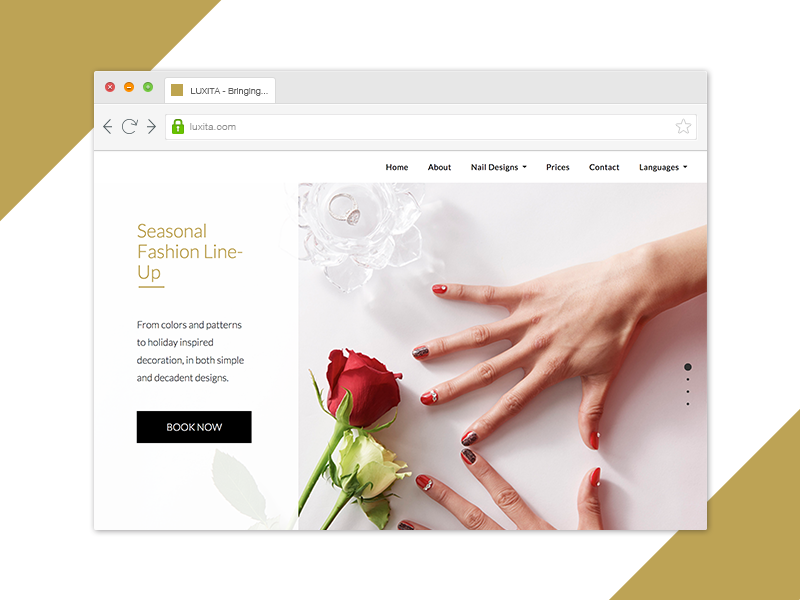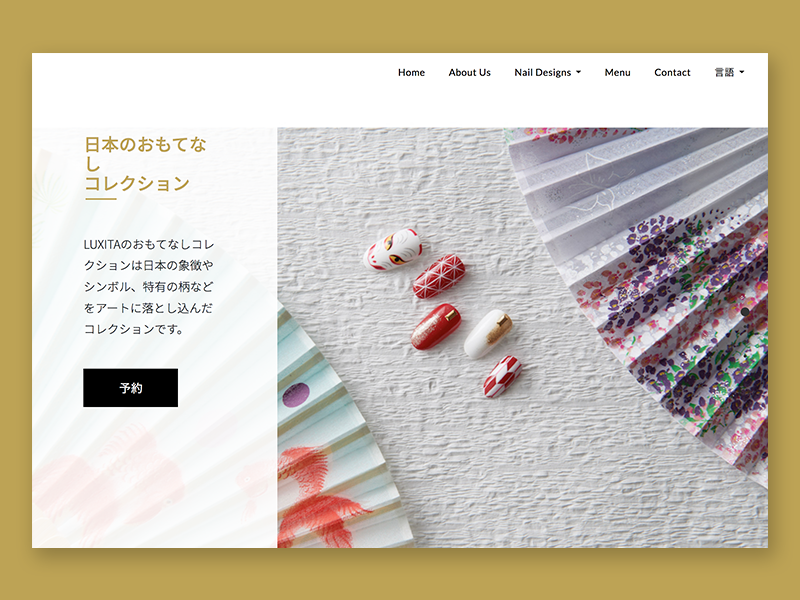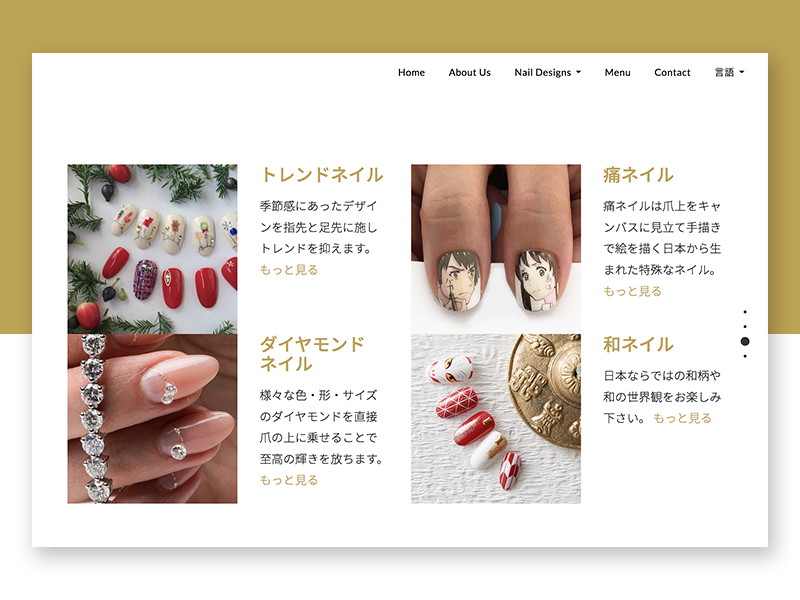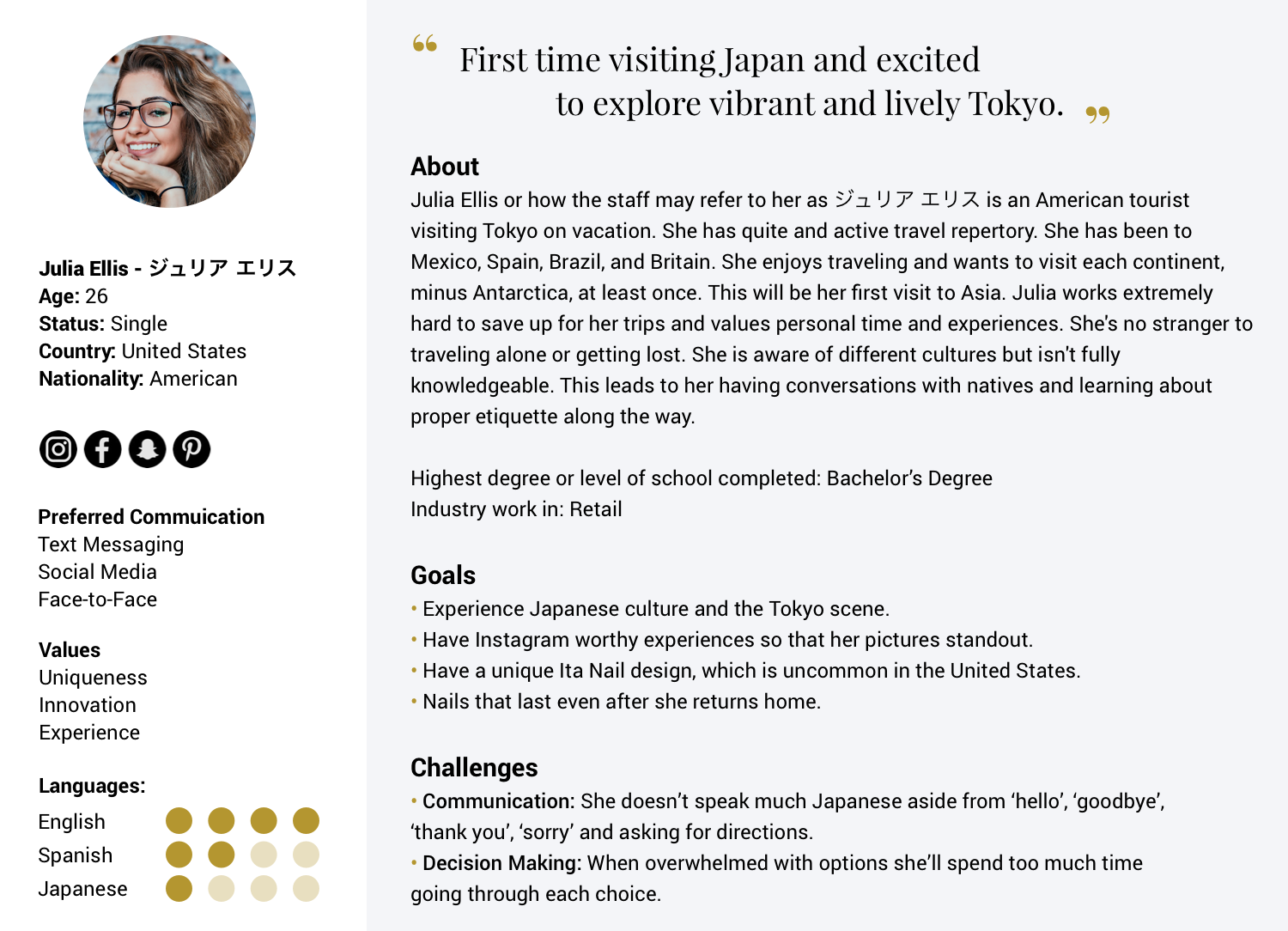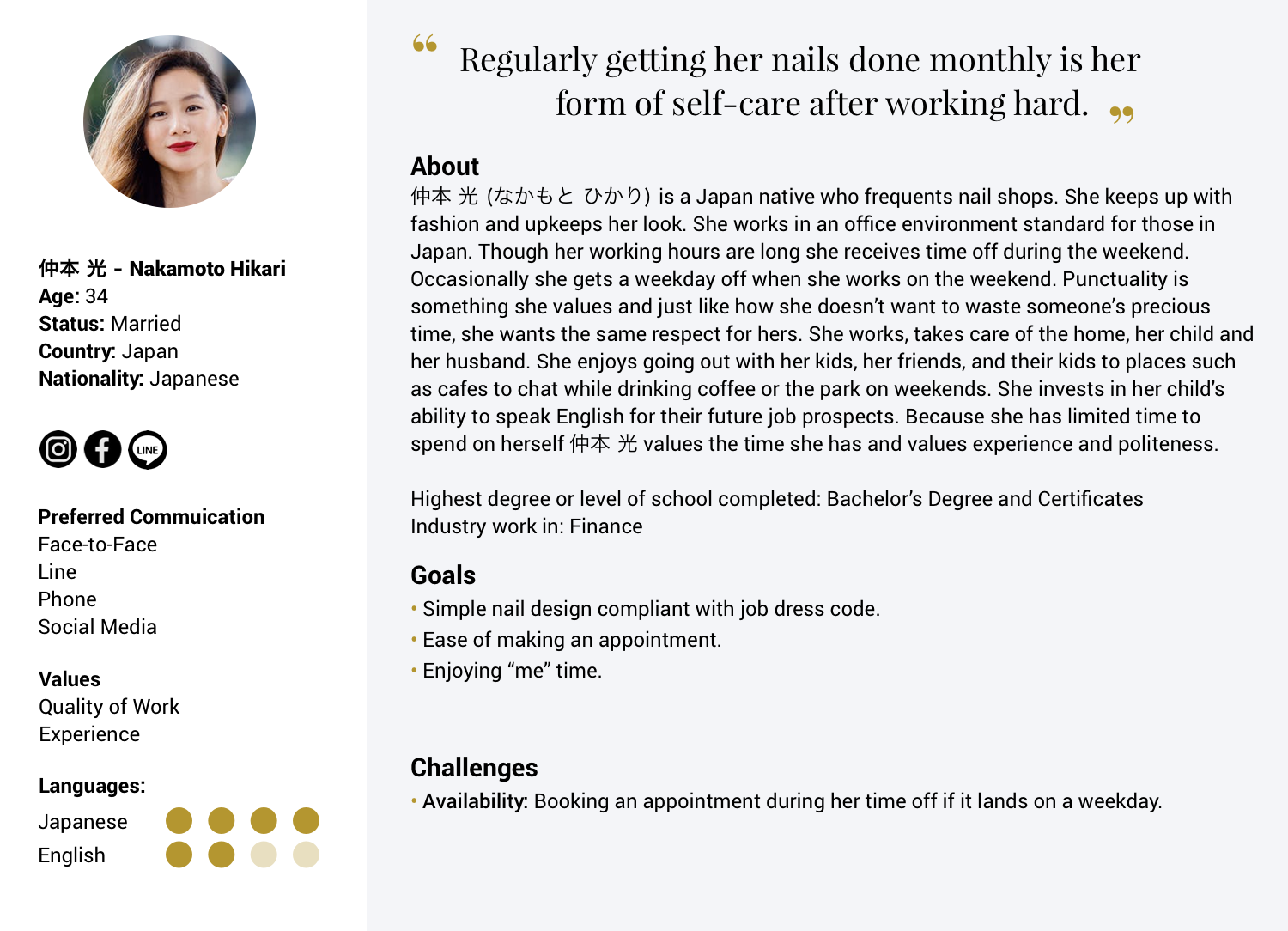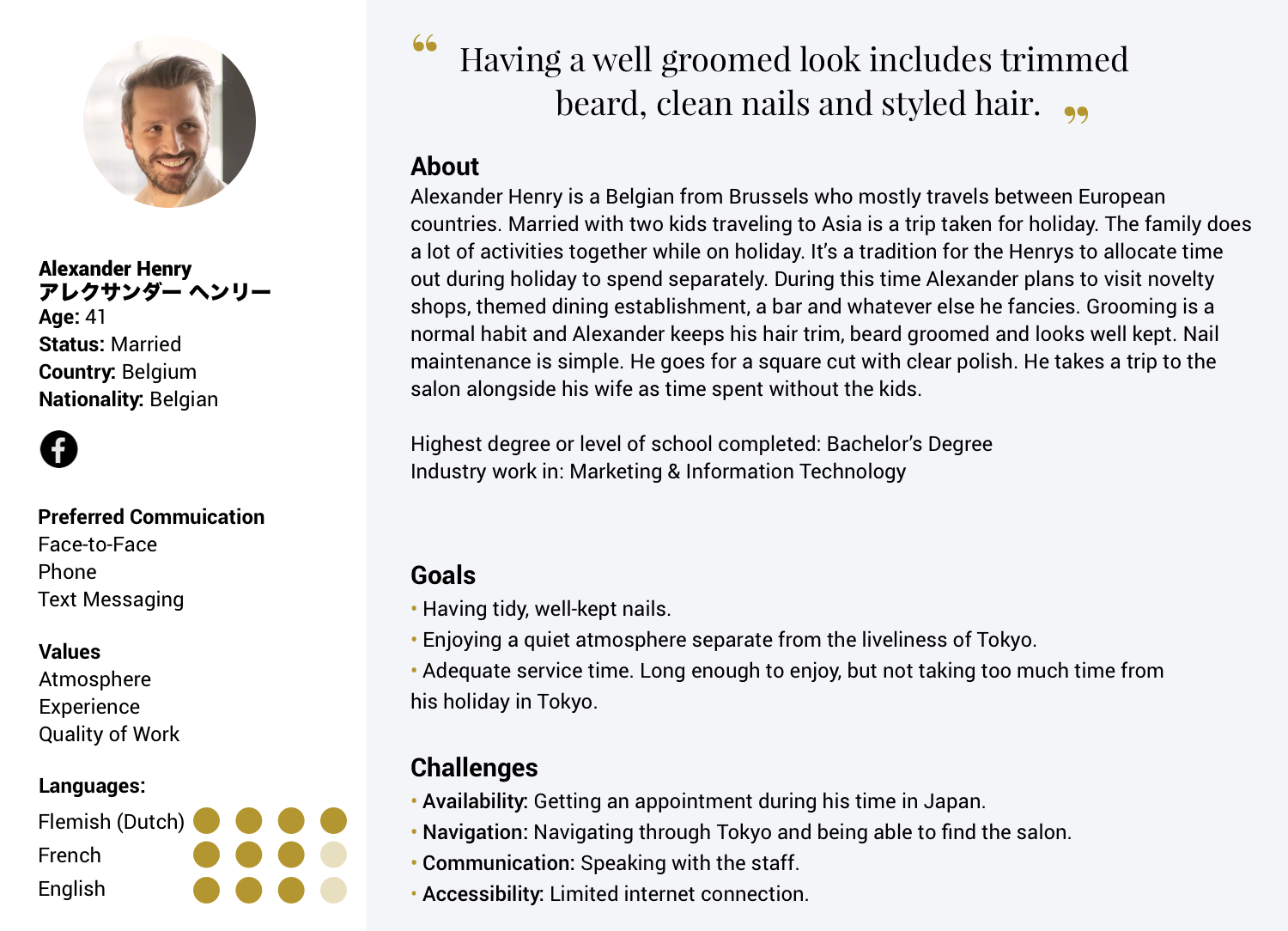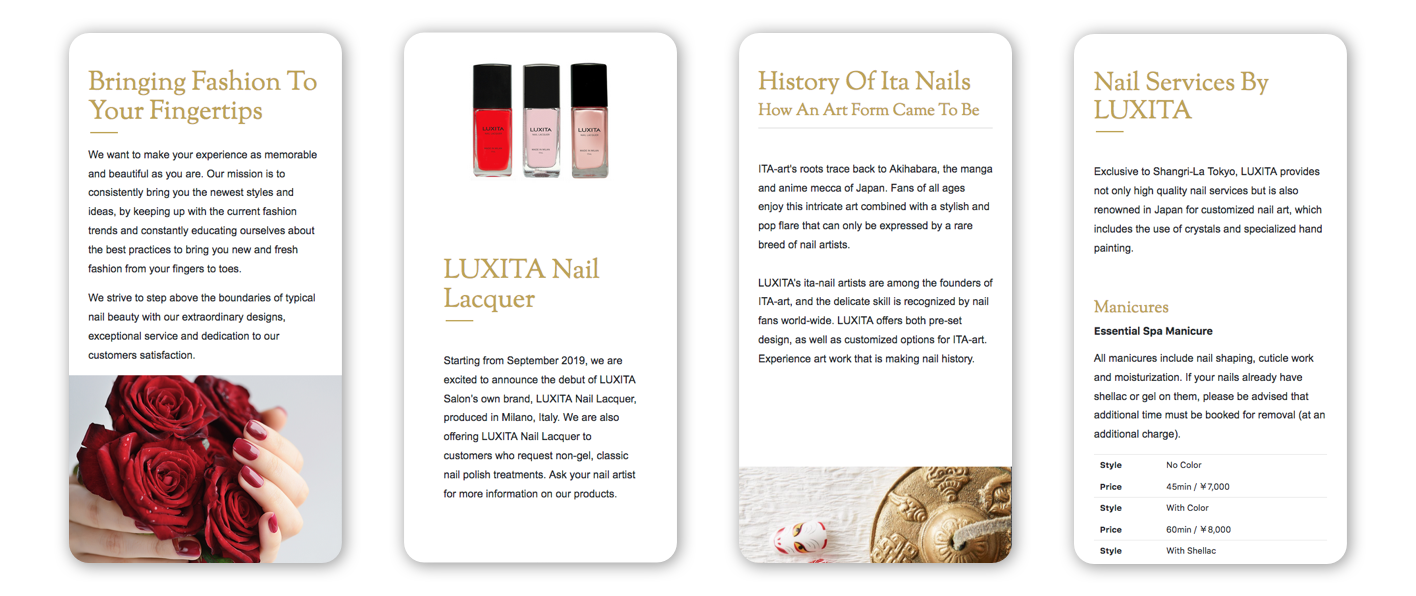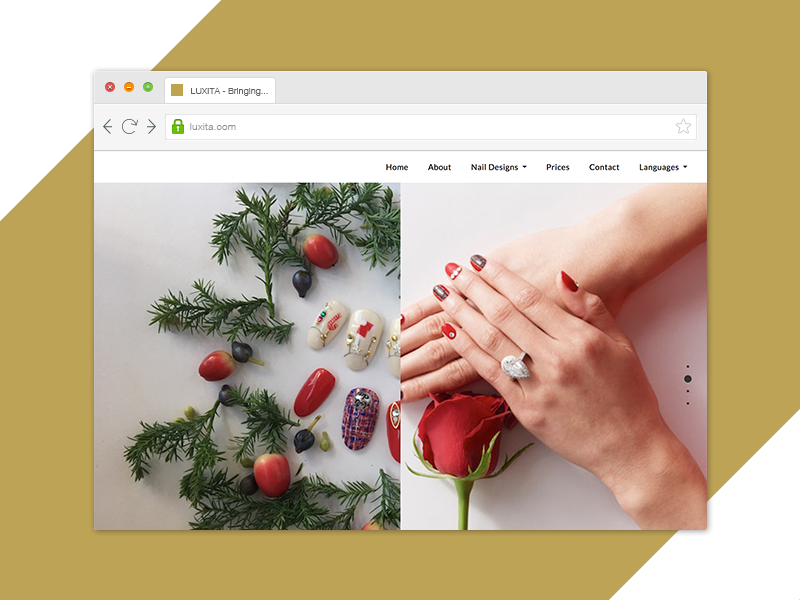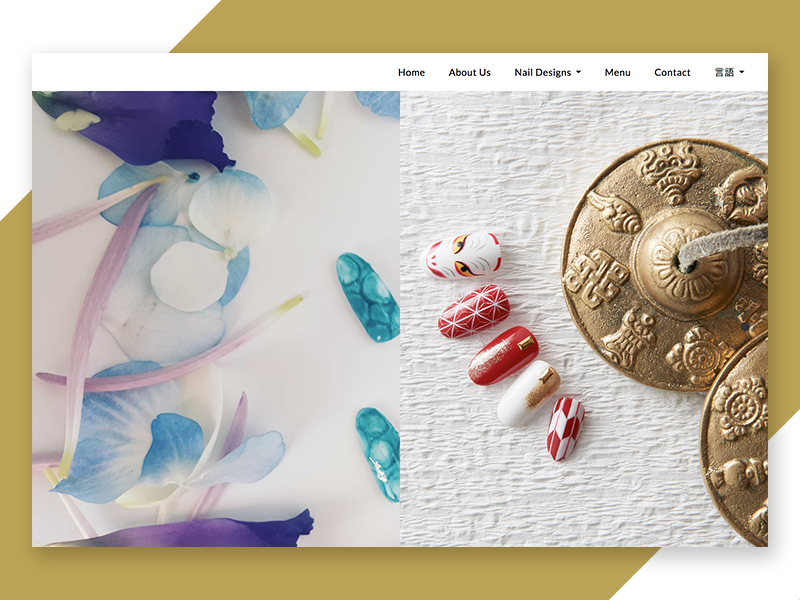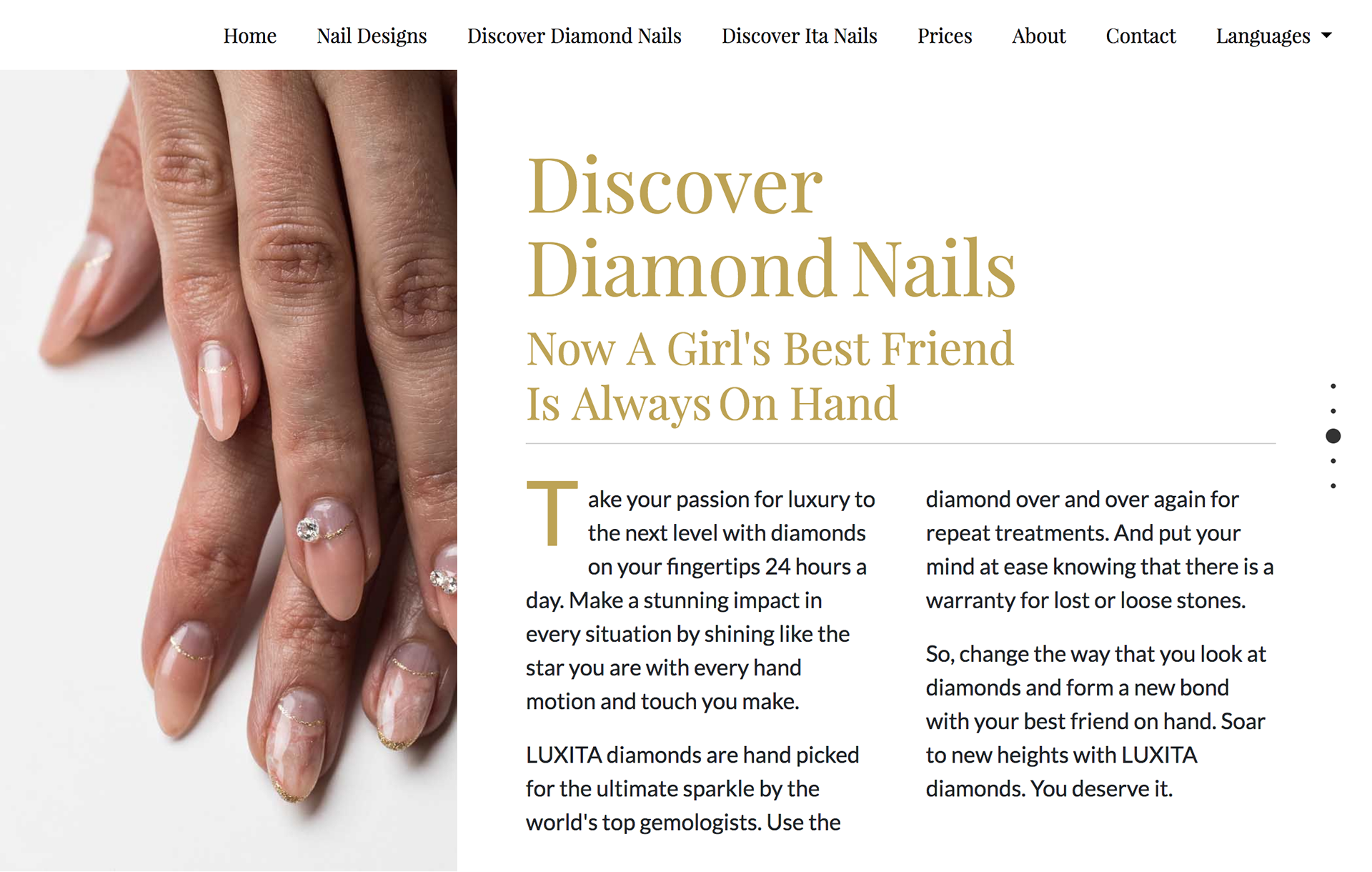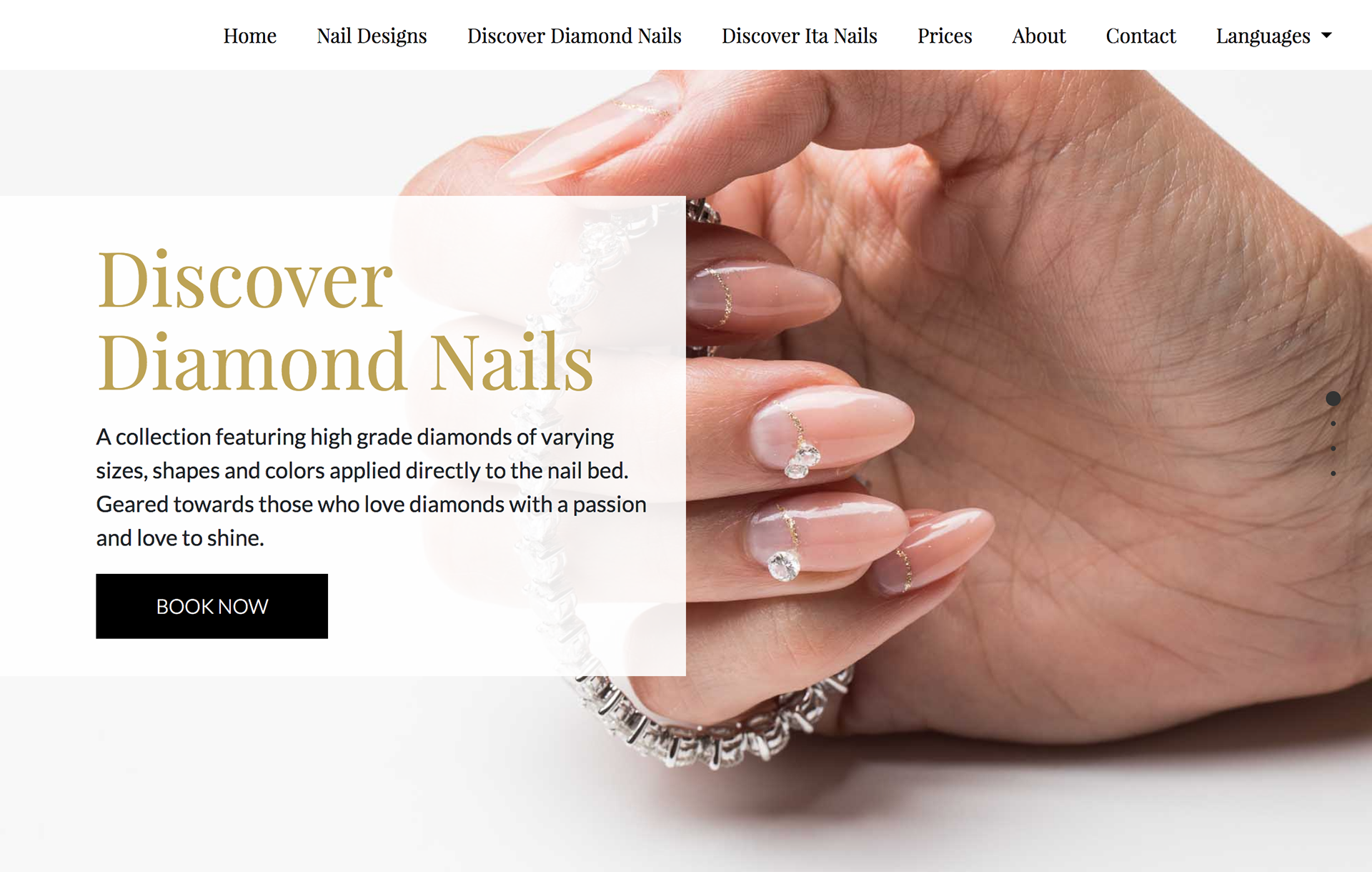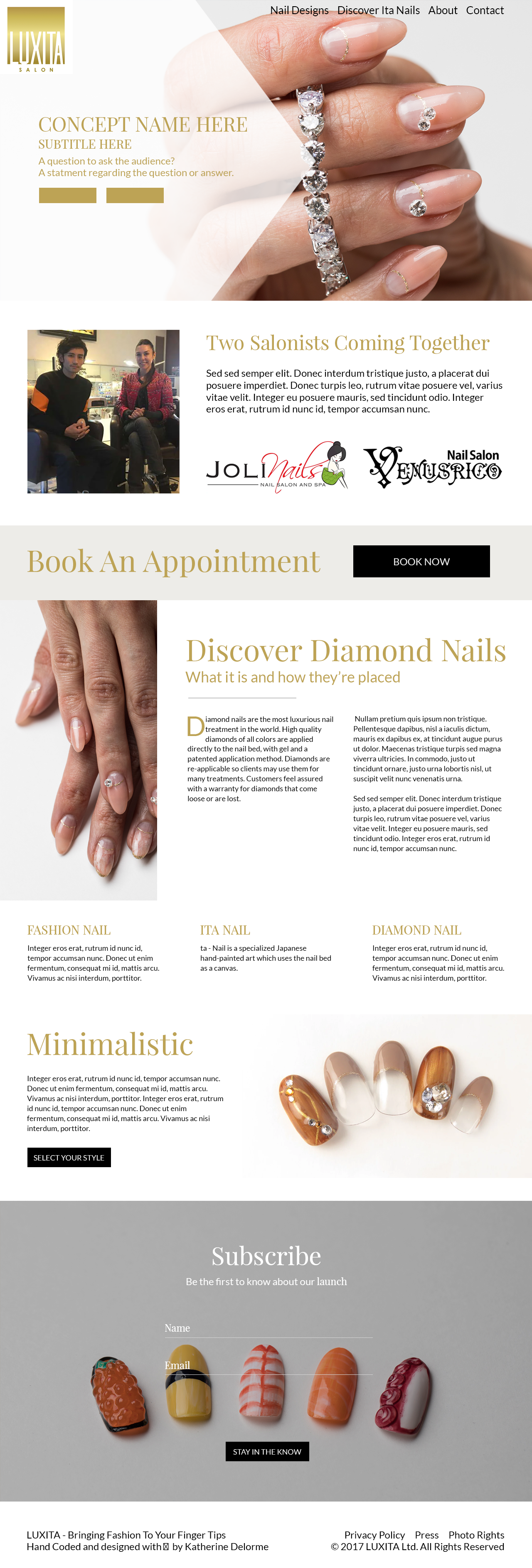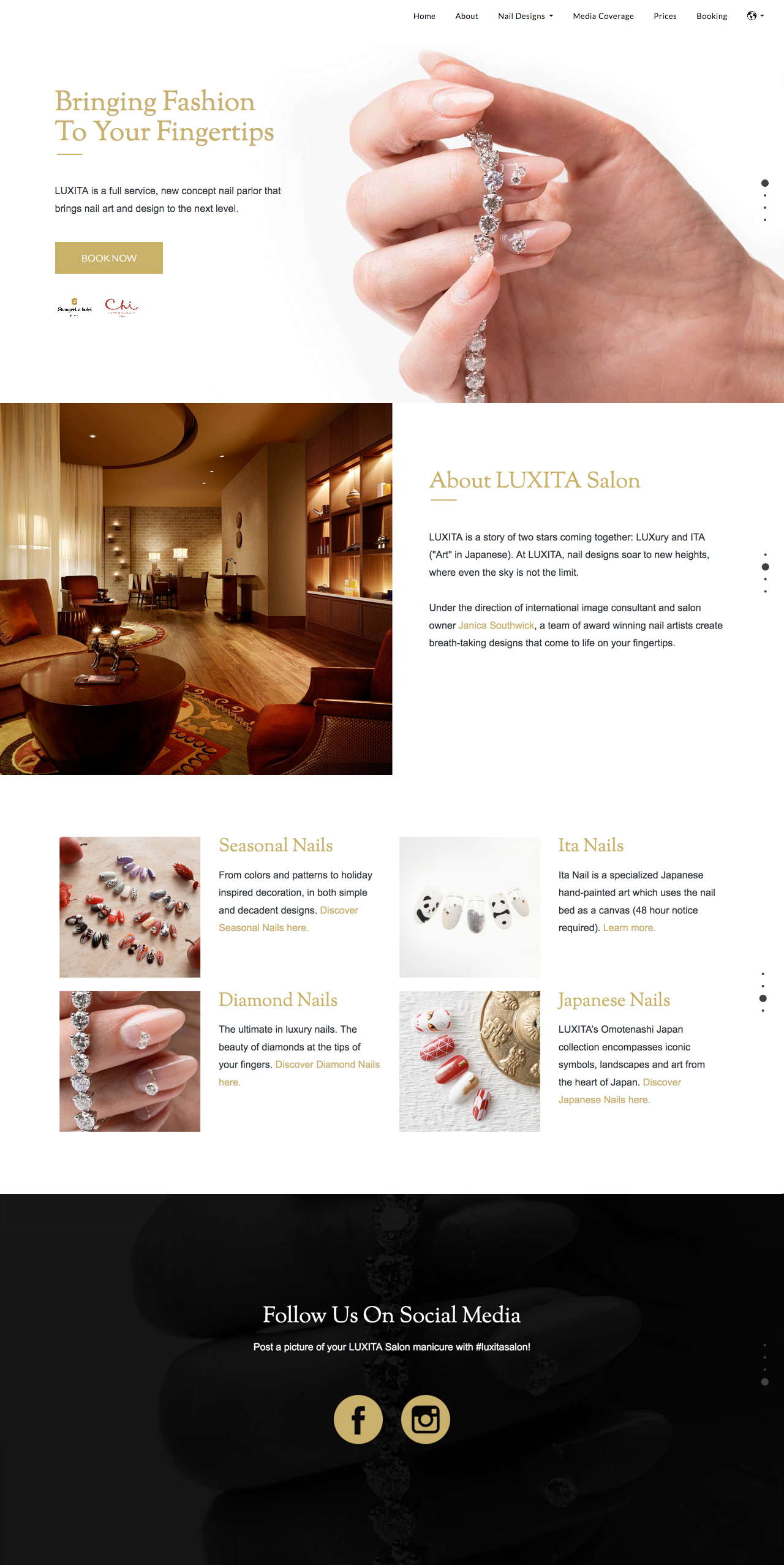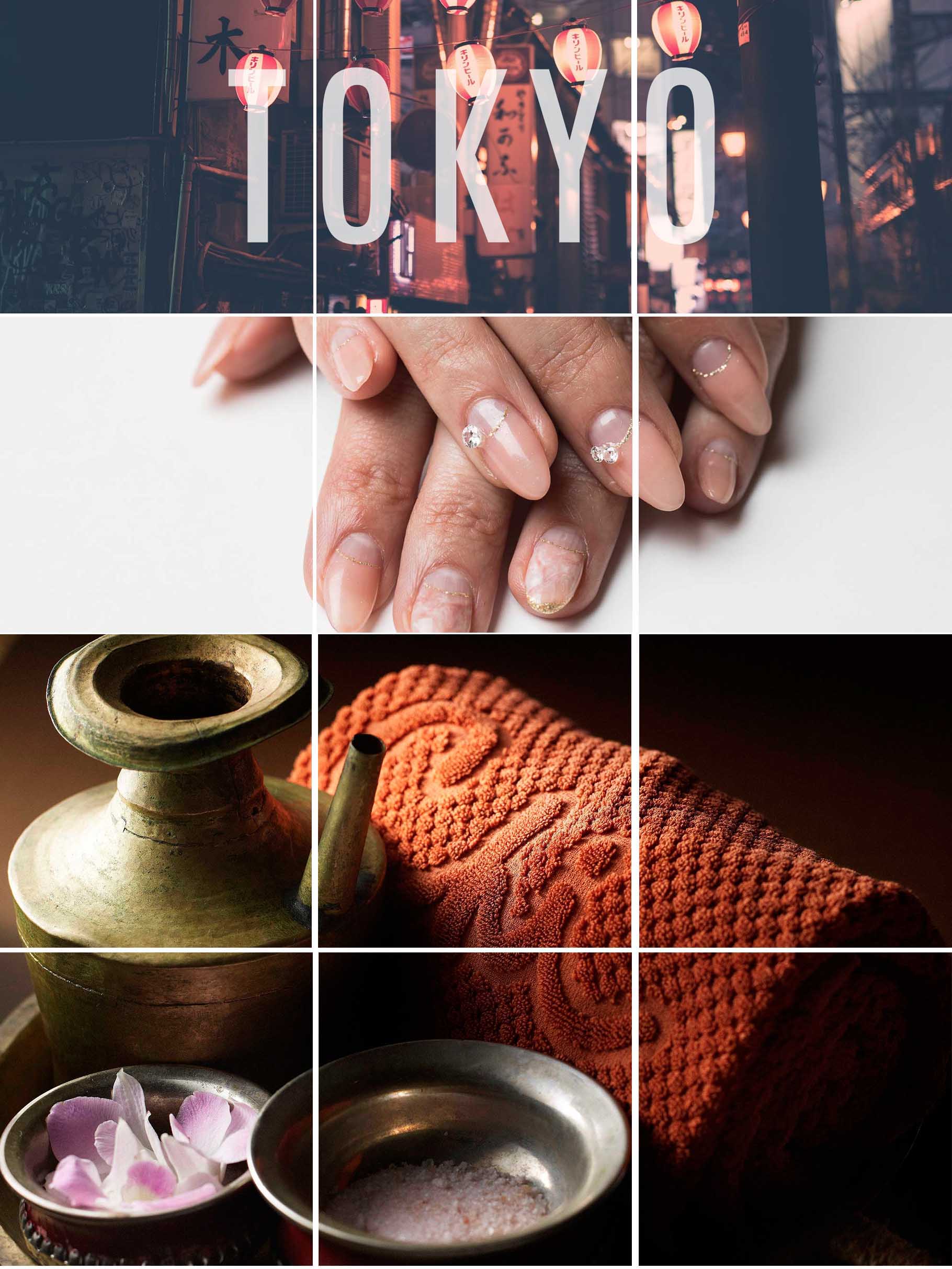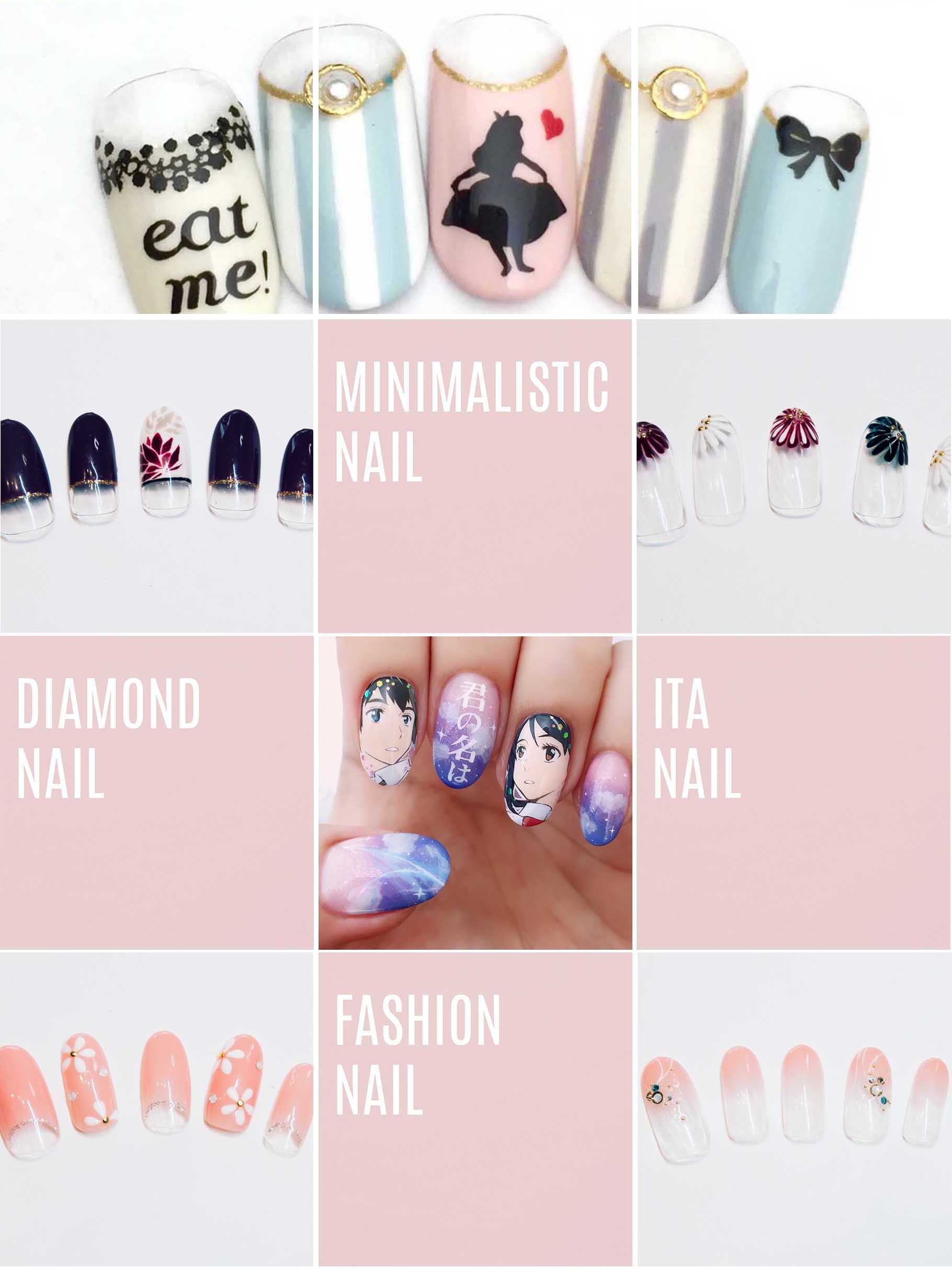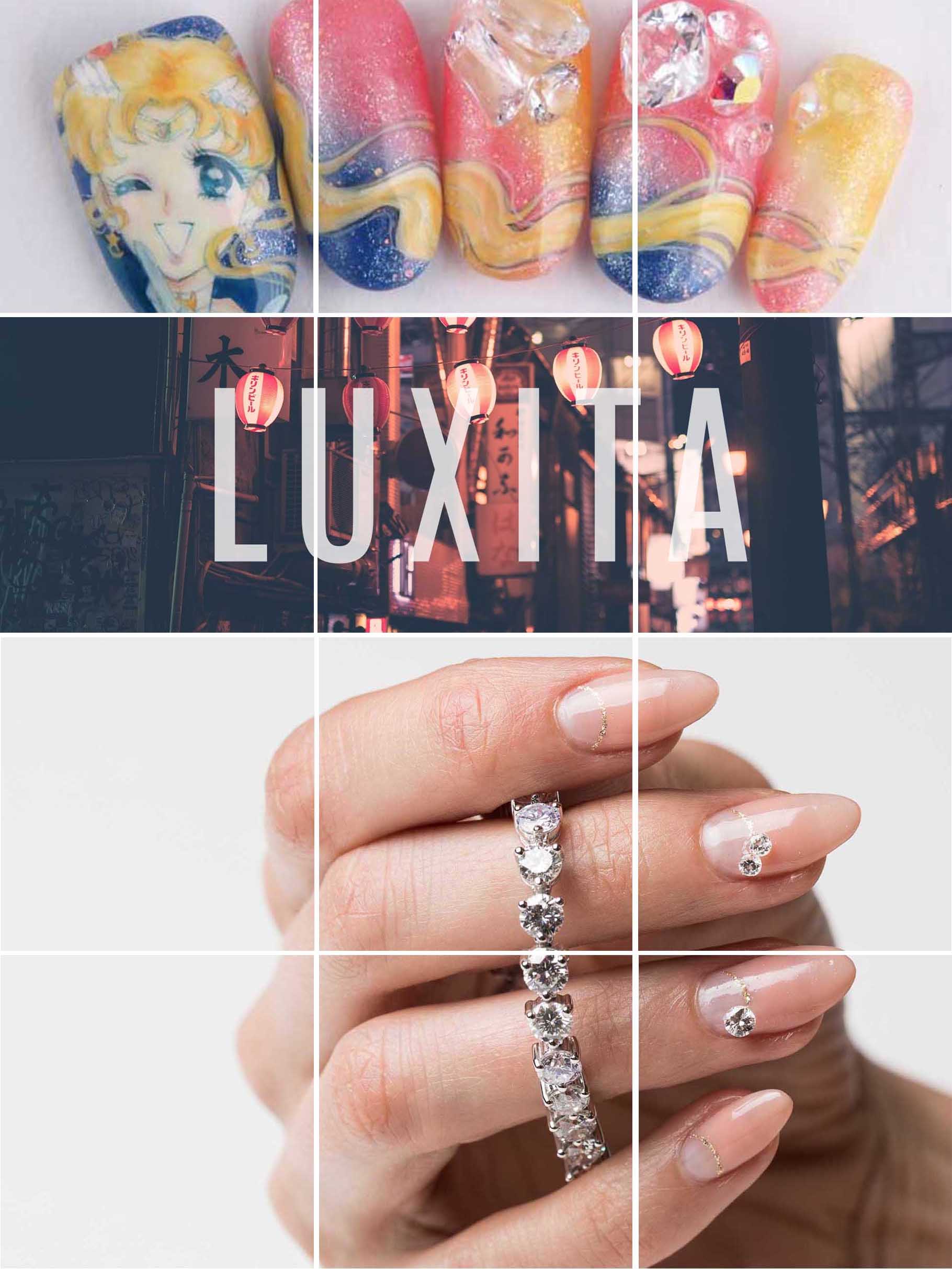I was brought in from America to Japan to brand the LUXITA online presence and launch a multi-lingual website.
With separate sub-domains for each language, the decision was made to go towards a more western aesthetics. The idea stemmed from the owner's desire to avoid having a cluttered site commonly seen on Asian websites. I set to design something minimalistic while incorporating flat design.
The distinctive difference between this salon and the previous was that it was set to be branded as a luxury brand. It needed to appeal to both foreign tourists and Japanese natives.
Problem Statement
International tourists with no to limited Japanese language skills aiming to visit the nail salon need a quick, convenient solution for booking appointments, and locating the salon. Luxury brand enthusiasts seeking an experience, need easy to see nail options. Both Western and Eastern users should be able to navigate the website easily.
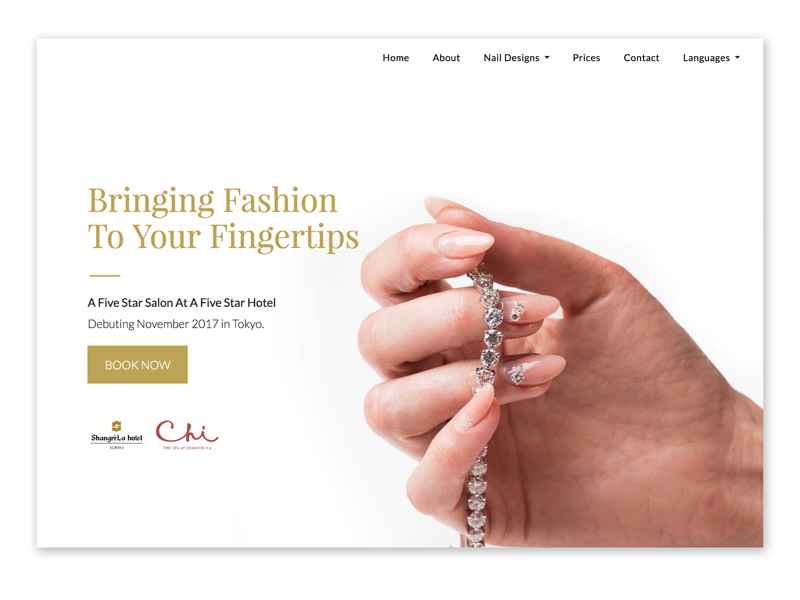
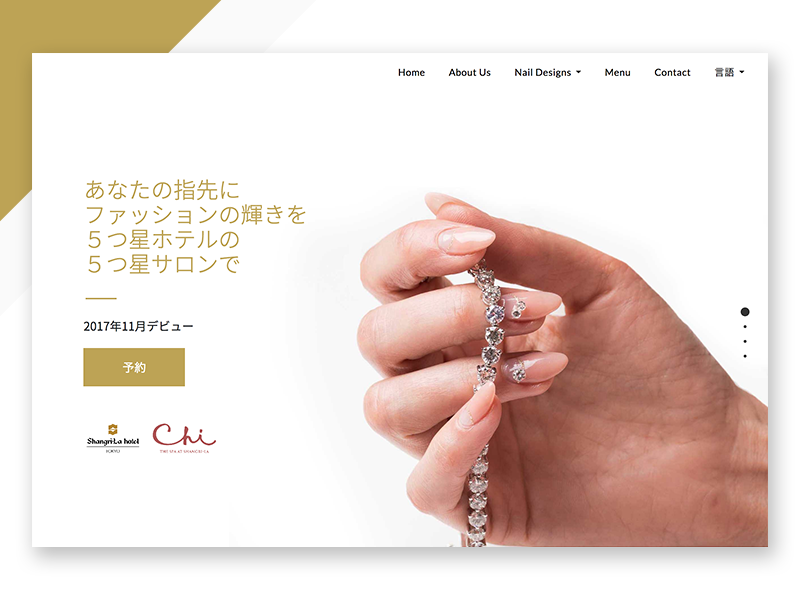
Project Goal
Create a luxury brand website appealing to both foreign tourists and Japanese natives. While designing, avoid creating a cluttered site that is commonly seen on Japanese websites.
Challenges
- The bulk of the project needed to be completed in 6-weeks during my stay in Japan.
- The branding and style guide would need to be created.
- The text-heavy business plan and presentations will need to be transformed it into user-friendly website content.
- An unexpected obstacle occurred. The professional photoshoot for the nail designs took place on my last day in Japan.
